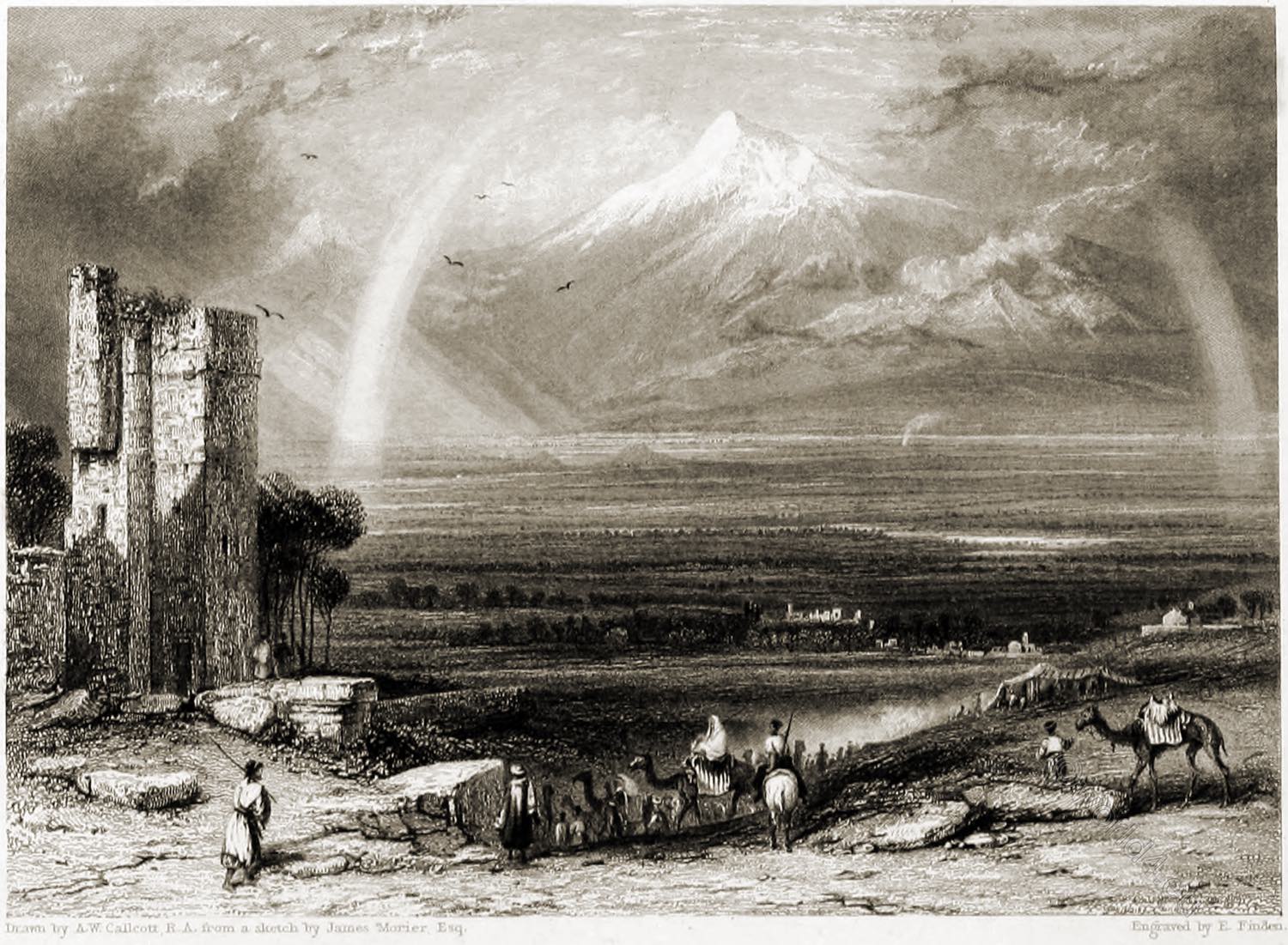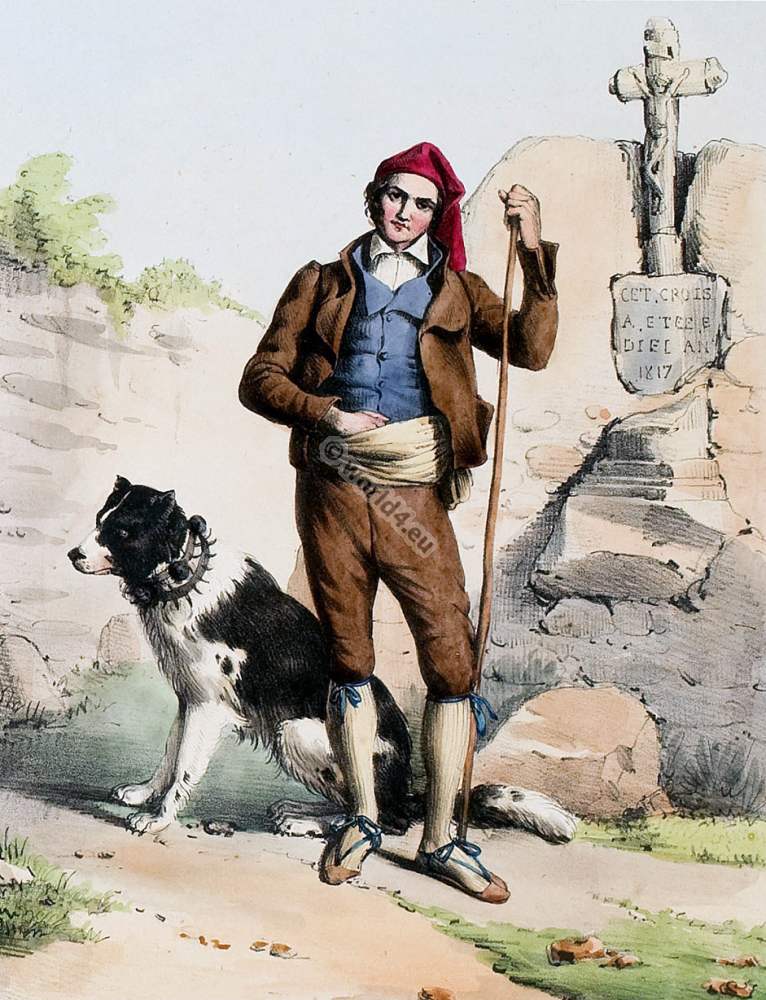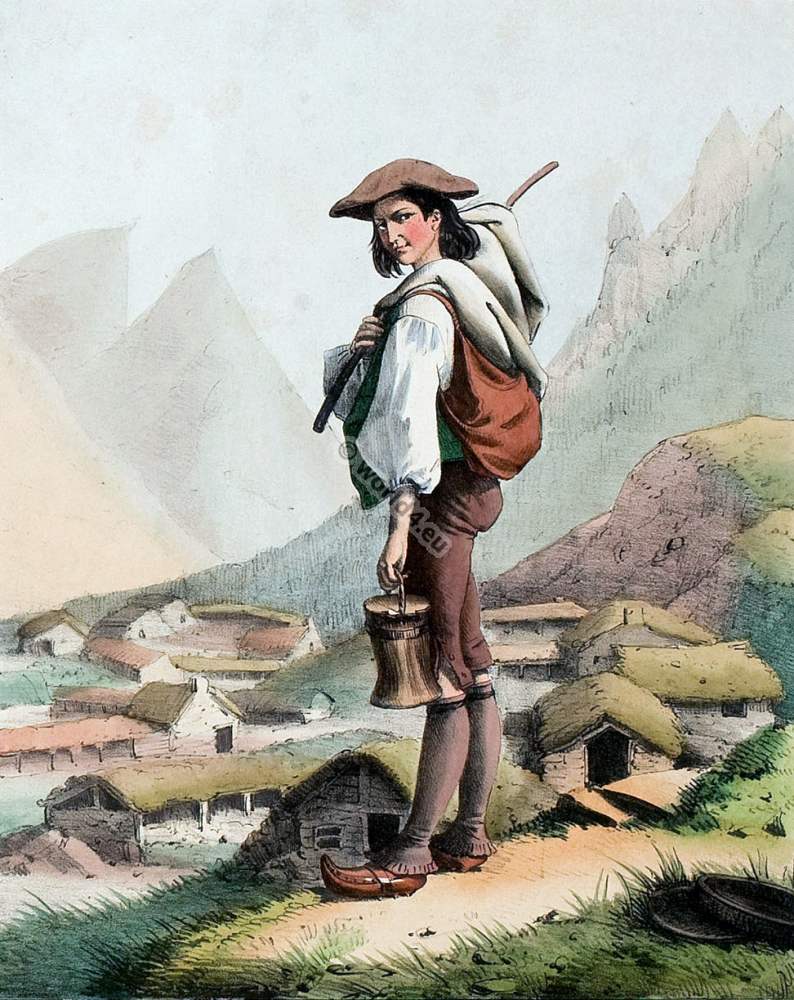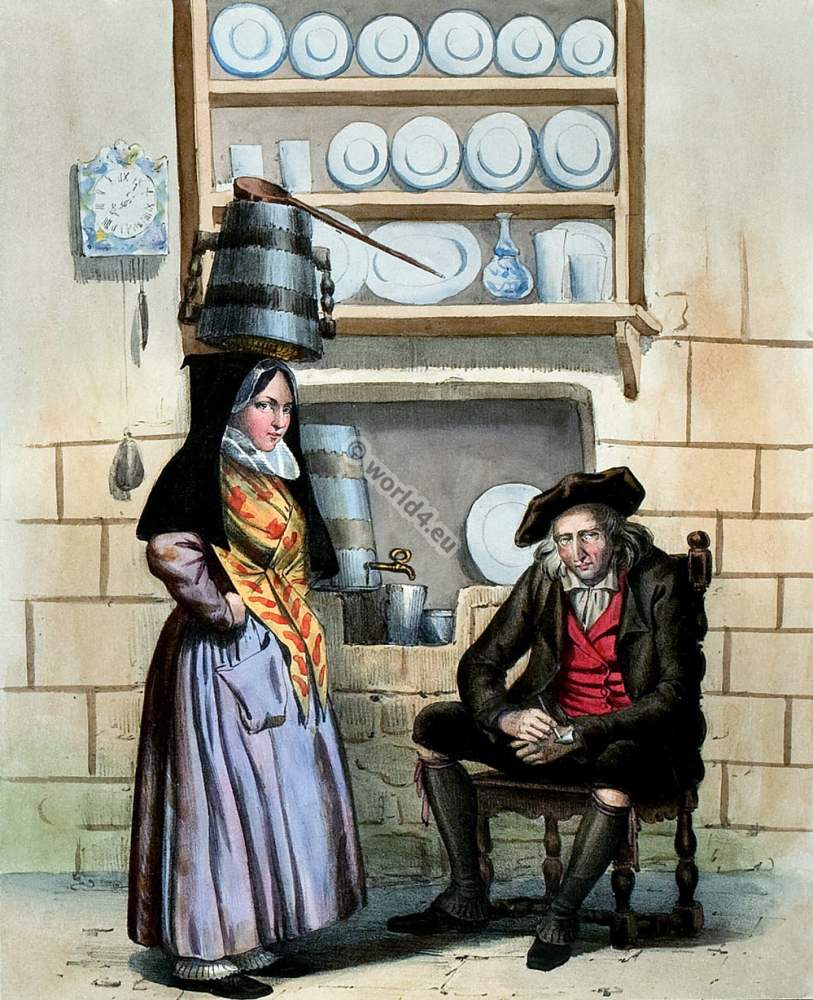Noah’s Ark is said to have been stranded in the mountains of Ararat after the Flood (Gen 8,4). The Vulgate (lat. for popular) speaks here of the montes Armeniae, i.e. the “mountains of Armenia”, while in the Nova Vulgate *) it was changed to montes Ararat, “mountains of Ararat”. However, there is no recognised scientific evidence for this report.
Erevan, also Yerevan, is the capital and largest city of Armenia. Yerevan, one of the oldest cities in the world, is also the economic, cultural and scientific centre of the country and, because of its size, a province in its own right.
*) In 1979, prompted by the Second Vatican Council, a new edition of the Vulgate based on the Hebrew and Greek textual witnesses, the Nova Vulgata, was published in accordance with the current state of textual criticism. To strengthen its use, the Vatican published the Instruction Liturgiam authenticam in 2001. When publishing authentic books of the Roman liturgy, the Nova Vulgata is now to be consulted. These in turn serve as the basis for translations into the vernacular languages.

MOUNT ARARAT. FROM THE HILLS ABOVE ERIVAN.
Drawn by A. W. Callcott, from a Sketch made on the spot by J. Moriek, Esq.
And the ark rested … upon the Mountains of Ararat – Gen. viii. 4.
This celebrated mountain, on one of the ridges of which Noah’s “ark rested in the seventh month, on the seventeenth day of the month,” is situated in the greater Armenia; and, according to the calculation of Major Rennel, it lies in 39° 30′ north latitude, and 40° 30′ east longitude. By the Persians, in the neighborhood, it is called Kuhi-Nuach, or the Mountain of Noah; and Turks, Armenians, and Persians, all unite in representing it as the haven of the great ship, which preserved the second father of mankind from the waters of the deluge.
It consists of two peaks, which are called the Great and Little Ararat; and is twelve leagues distant from Erevan, rising majestically from a vast plain. The eternal snows upon its summits occasionally form avalanches, which precipitate themselves down its sides with a sound not unlike that of an earthquake.
Various efforts have been made, at different times, by adventurous travelers, to scale these inaccessible mountain pyramids all, however, were frustrated, except those of Professor Parrot, who, after various fruitless attempts, at length succeeded, in 1830, in overcoming every obstacle; and ascertained the positive elevation of the larger peak to be 16,200 French feet.
It is, therefore, more than 1500 feet loftier than Mont Blanc. He describes the summit as being a circular plain about 160 feet in circumference, united by a gentle descent with a second and less elevated peak, lying towards the east. The whole of the upper region of the mountain, from the height of 12,750 English feet, is covered with perpetual snow and ice. Professor Parrot afterwards ascended the Little Ararat; which he reports to be about 13,100 English feet in height.
Our view is taken, looking towards the south. The edifice in the foreground is one of the numerous remains of churches and chapels scattered over the whole of Armenia. The figures represent one of the wandering tribes and their camels which are constantly passing south- wards from the mountain districts to the plain, according to the season. The northern camels are highly esteemed as beasts of burthen, on account of their superior strength. *)
*) Sir R. K. Porter’s Travels in Georgia, &c. vol. ii. pp. 182—184. Rennel’s Geography of Herodotus, p. 239. Stuart’s Hebrew Chrestomathy, p. 150. Andover Biblical Repository, vol. ii. p. 203. Cheek’s Edinburgh Journal, No. 1. new series, Dec. 1830.
Source: Landscape Illustrations of the Bible, consisting of views of the most remarkable places mentioned in the Old and New Testaments, from original sketches taken on the spot engraved by W. and E. Finden, by Thomas Hartwell Horne (1780-1862), William Finden (1787-1852), Edward Francis Finden (1791-1857), Joseph Mallord William Turner (1775-1851), Bartolomé de las Casas (1474-1566). London: John Murray: Sold also by Charles Tilt, 1836.
Related
Discover more from World4 Costume Culture History
Subscribe to get the latest posts sent to your email.






